Oral cancer, also known as mouth cancer, affects the tissues within the mouth and throat. This disease can develop on the lips, gums, tongue, inner lining of the cheeks, roof, and floor of the mouth. They usually appear as white patches, red patches or tongue sores. Mouth cancer symptoms may be mistaken with canker sores. However, mouth cancer sores are not typically painful when they first appear. According to the American Cancer Society (ACS), an estimated approximation of 59,660 people will receive an oral cancer diagnosis with 12,770 of them being fatal.
What Is Oral Cancer?
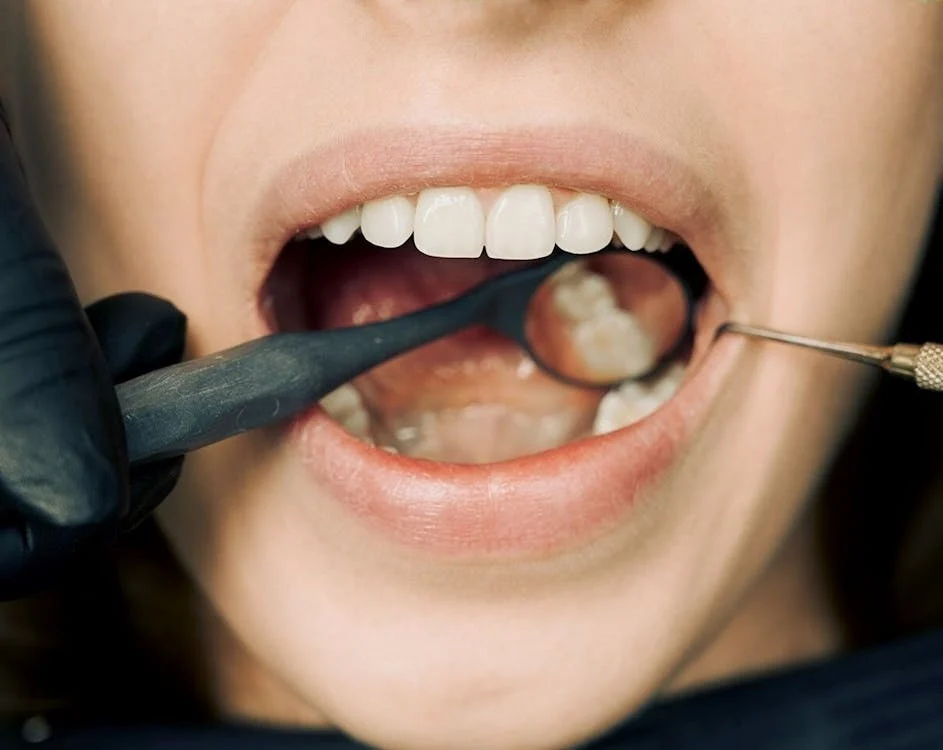
Oral cancer is a type of head and neck cancer that originates in the squamous cells lining the mouth and lips. These flat, thin cells can undergo genetic changes, leading to uncontrolled growth and tumor formation. Oral cancer can affect any part of the oral cavity, including the lips, gums, tongue, and the floor or roof of the mouth. As the disease progresses, cancerous cells may invade nearby tissues or spread to other parts of the body.
How Oral Cancer Appears in the Mouth
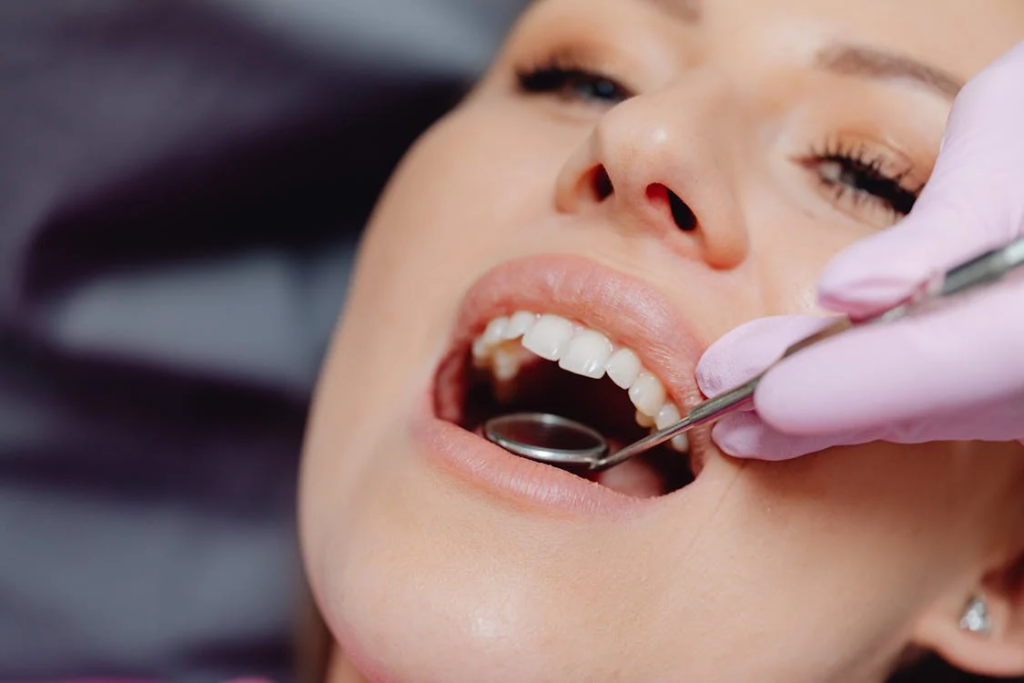
Oral cancer can manifest as white (leukoplakia) or red (erythroplakia) patches, or as mixed red and white lesions (erythroleukoplakia). These patches may feel rough, thickened, or nodular. Unlike common mouth sores, cancerous lesions often persist and do not heal quickly. Sometimes, oral cancer may look like a lump or ulcer that bleeds easily. If you notice any unusual changes in your mouth that last longer than 2 weeks, consult a medical professional.
Read More: Anal Cancer On the Rise, Study Highlights Most Vulnerable Population
Red Patches
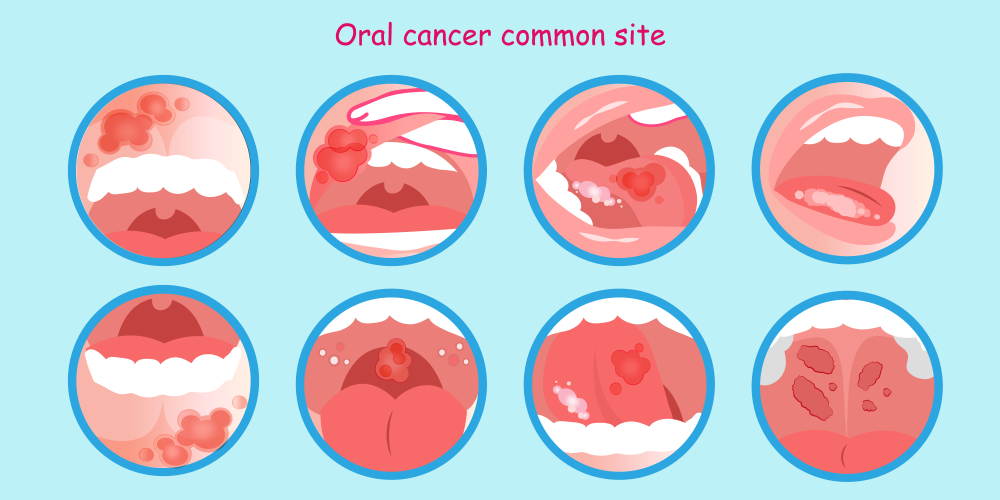
Erythroplakia presents as bright red, velvety patches on the mucous membranes of the mouth, often appearing on the tongue or floor of the mouth. These lesions are typically painless and cannot be scraped off. Dentists usually detect erythroplakia during routine exams, as most people do not notice symptoms. Smoking and chewing tobacco are leading causes, but ill-fitting dentures and secondary infections like candidiasis can also contribute.
Healthcare providers consider erythroplakia a potentially precancerous condition because some lesions can eventually become cancerous. Diagnosis involves a biopsy to determine if cancerous or precancerous cells are present. Treatment may include monitoring, surgical removal, or therapies like laser or cryosurgery, depending on the biopsy results and lesion severity. Early detection and prompt treatment are crucial for the best outcomes.
White Patches
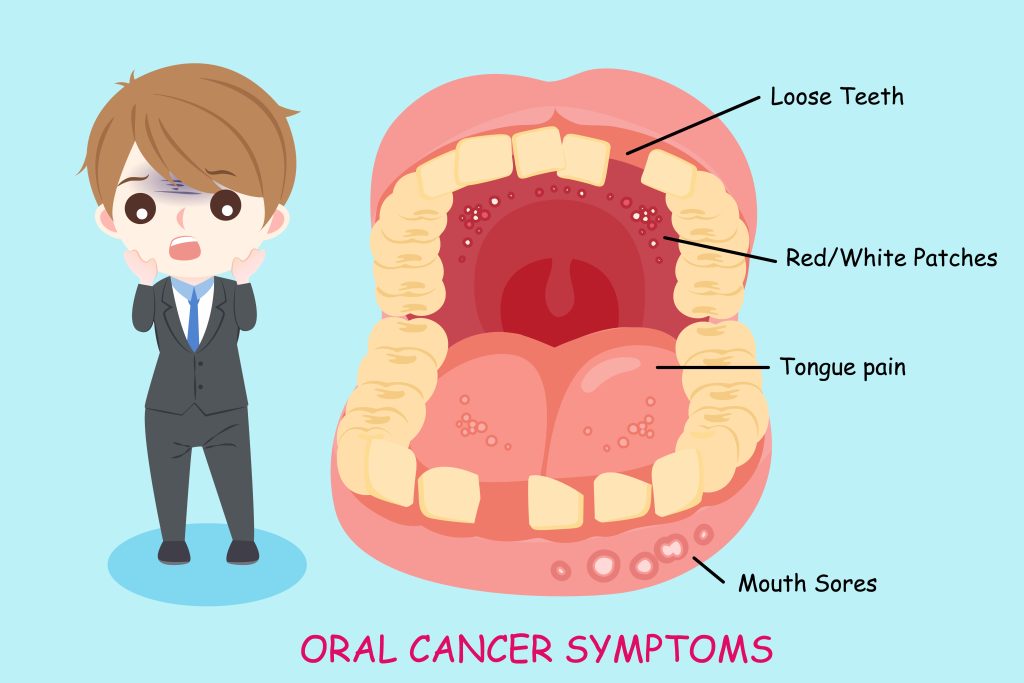
Leukoplakia appears as thick, white or grayish patches inside the mouth or on the lips and is often linked to tobacco use. These patches may be rough, hard, and difficult to scrape off, developing slowly over weeks or months. Other causes include irritation from rough teeth, ill-fitting dentures, or frequent cheek biting. Most leukoplakia patches are benign, but some can become cancerous, especially if left untreated.
Dentists diagnose leukoplakia through an oral exam and, if necessary, a biopsy to rule out cancer or precancerous changes. Treatment focuses on removing the source of irritation and monitoring the patches for changes. Quitting tobacco and maintaining good oral hygiene are essential for prevention and reducing the risk of oral cancer.
Recognizing the Symptoms of Oral Cancer
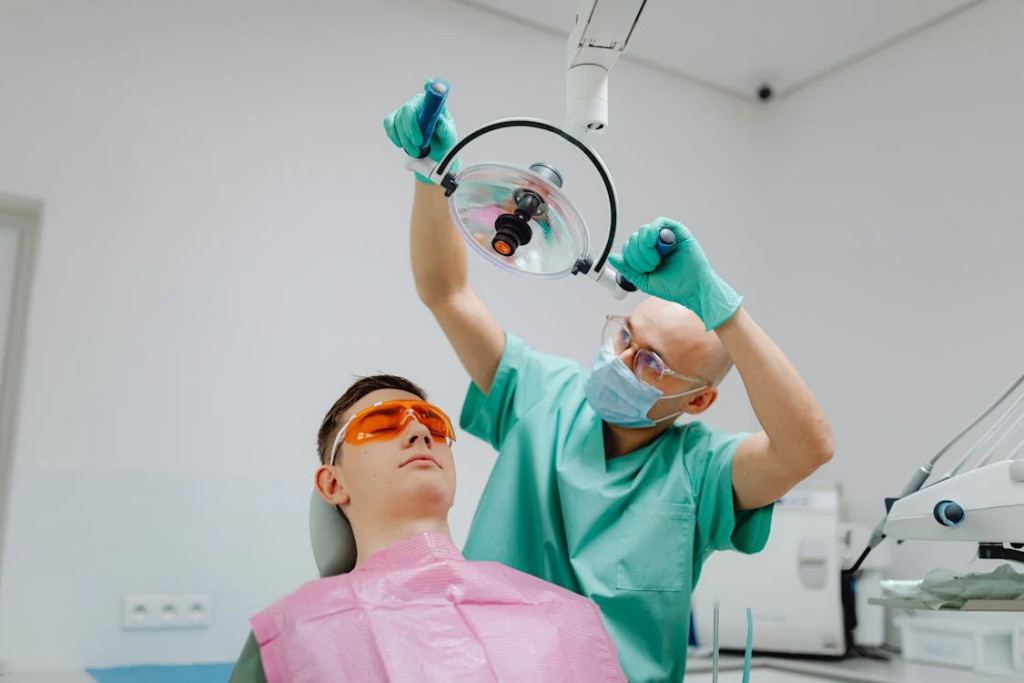
The symptoms of oral cancer can vary, but some signs are particularly common. Watch for persistent sores or ulcers in the mouth that do not heal within 2 weeks. Other symptoms include white or red patches, lumps, swelling, pain, difficulty swallowing, and changes in speech. Some people may notice loose teeth or a persistent sore throat. Early oral cancer may not cause pain, making regular self-examination and dental checkups essential.
Read More: Alcohol-Based Mouthwash May Disrupt Oral Microbiome and Increase Risk for Certain Cancers
Risk Factors Associated with Oral Cancer

Several factors increase the risk of developing oral cancer. Tobacco use, including cigarettes, cigars, pipes, and smokeless tobacco, is the leading cause. Heavy alcohol consumption further raises the risk, especially when combined with tobacco use. Other risk factors include excessive sun exposure to the lips and infection with human papillomavirus (HPV). Poor oral hygiene, a diet low in fruits and vegetables, and a family history of oral cancer also increase risk. Older adults and men are more frequently affected.
Diagnosing Oral Cancer
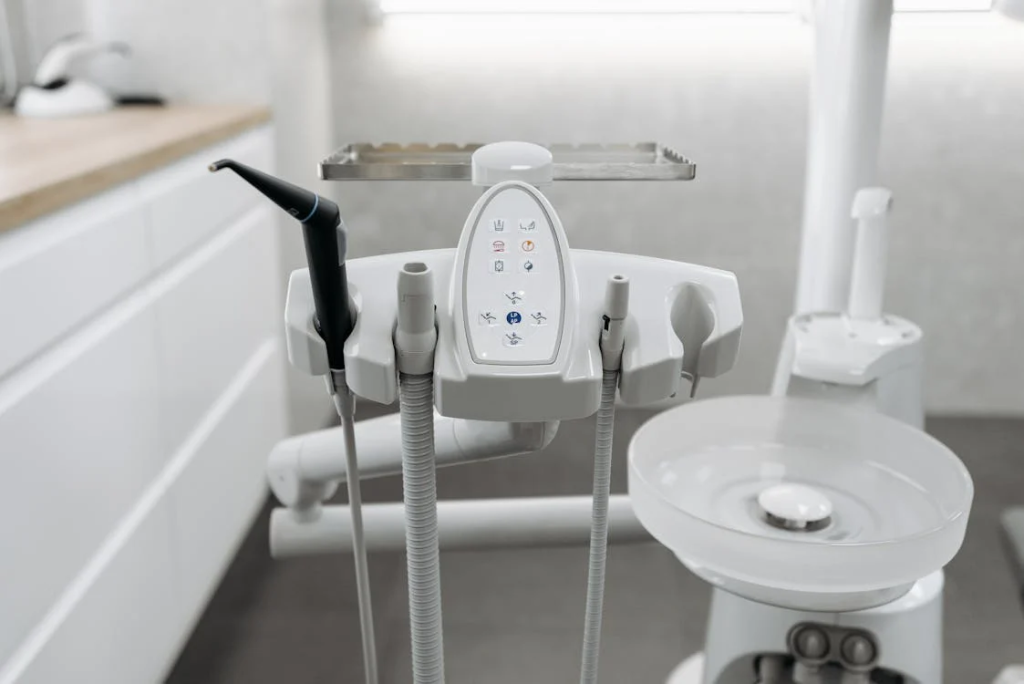
During routine checkups, doctors and dentists will examine the mouth, lips, and throat for abnormal patches, lumps, or sores. If a suspicious lesion is found, a biopsy is performed to determine if cancer cells are present. Other tests, such as imaging scans, help determine the stage and extent of the disease. Early diagnosis significantly improves the chances of successful treatment and recovery.
Preventing Oral Cancer

While not all cases of oral cancer are preventable, certain lifestyle changes can reduce the risk. Avoiding tobacco products and limiting alcohol intake are the most effective preventive measures. Protecting your lips from excessive sun exposure, maintaining good oral hygiene, eating a balanced diet rich in fruits and vegetables, and considering HPV vaccination also lower the risk. Regular dental and medical checkups are advised if you suspect you have oral cancer for early detection and prevention.
When to Seek Medical Advice

If you notice any persistent changes in your mouth, such as sores, patches, or lumps, seek professional advice. Consult a dentist or doctor promptly if you experience difficulty swallowing. Early evaluation is important, as many oral cancer symptoms overlap with other, less serious conditions.
However, any abnormality that does not resolve within 2 weeks requires immediate medical attention. By understanding the symptoms, risk factors, and the importance of early detection, individuals can take proactive steps to protect their oral health. Regular screenings, healthy lifestyle choices, and timely medical care are key strategies in reducing the burden of oral cancer.
Disclaimer: This information is not intended to be a substitute for professional medical advice, diagnosis or treatment and is for information only. Always seek the advice of your physician or another qualified health provider with any questions about your medical condition and/or current medication. Do not disregard professional medical advice or delay seeking advice or treatment because of something you have read here.
Read More: Oral Sex and Throat Cancer: The Hidden Connection You Need to Know

